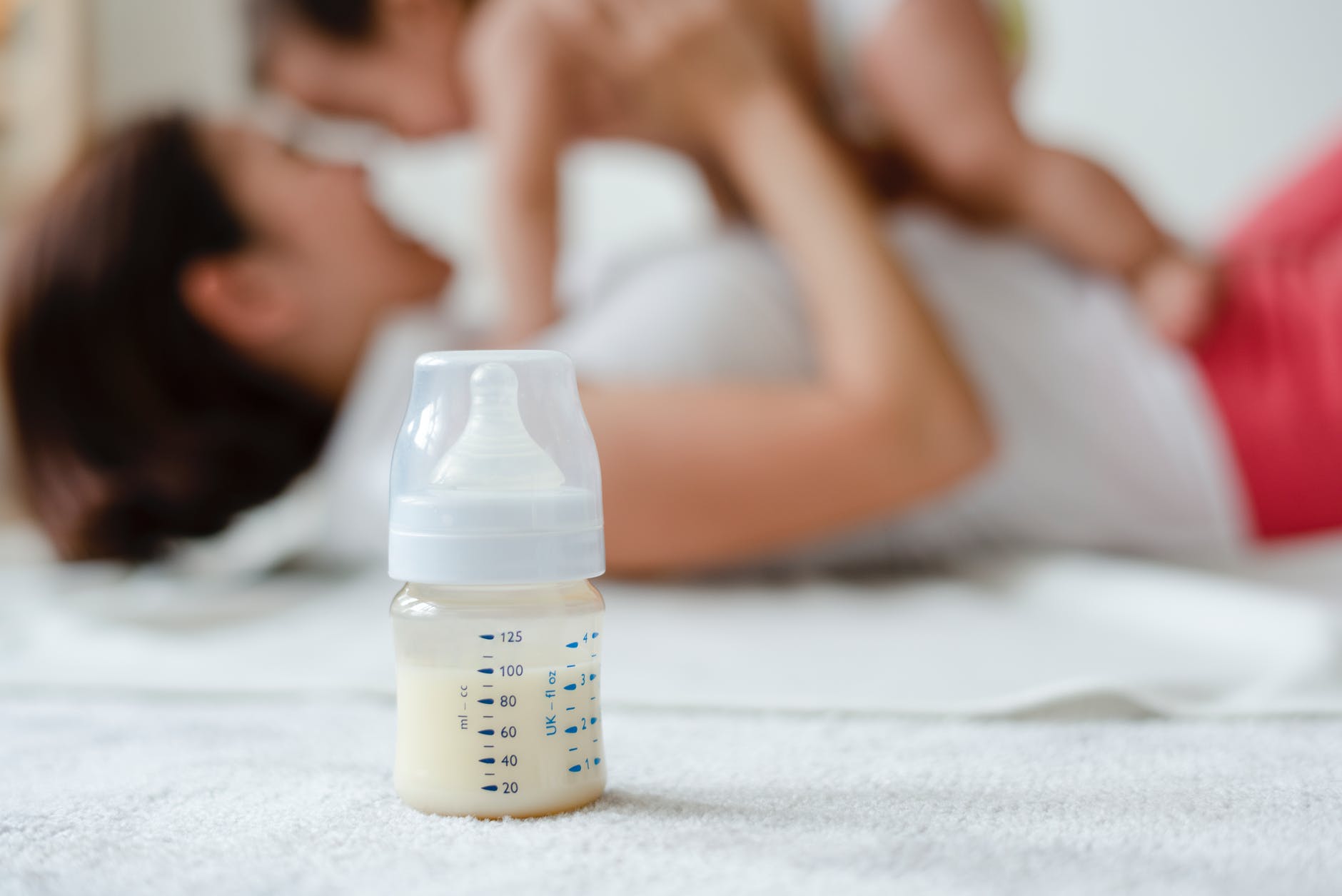
Nutrition Science Master Degree projects
Hey there!
A new and exciting university year is just about to start, but some of us have already been thinking about what can we do for our Master Degree project? Yes, this mostly applies to the students starting the 1-year Master Programmes at KI, such as Global Health or Nutrition Science. Joining such a programme means that you’ll have to start thinking about your final Degree Project already during the 1 (!!) semester (sounds a bit crazy, doesn’t it?), so I thought I would bring up 7 examples of different degree projects that my classmates, the very first “batch” of 1-year Nutrition scientists, did to complete their degree in June 2019. Let us have a closer look here!

- My classmate Martin was studying the adherence to Mediterranian diet & reduced risk of AAA (abdominal aortic aneurysm). The result was a conclusion drawn from the 2 Swedish cohort studies that used the Swedish national death registry. After exclusion of the 36 women and 45 men (in the programme you will learn more about the different inclusion and exclusion criteria of the scientific studies), the subjects were analysed based on their diet (self-administered Food Frequency Questionnaires or FFQs) and the reasons of death. In the study, they used a special Mediterranean Diet Score where the hazard ratio was adjusted to age and some other factors. The result of Martin’s research indicated that the Mediterranian diet was significantly associated with the reduced risk of AAA rupture in women (significant inverse association), and also proved to significantly protective even for smokers (men).

The title of Anas’s Nutrition MSc Degree project was „Optimizing a Platform for Mass-Spectrometry Based Analysis of the Human Breast Milk Metabolome“. By applying his knowledge in the field of Metabolomics, MS and NMR, Anas was checking for endogenous as well as xenobiotics in human breast milk. It is known how the composition of human breast milk (HBM) varies between mothers and which components lead to healthier lives for mothers and babies. However, literature is lacking robust protocols for analyzing HBM by LCMS, and Anas’s work aimed at providing a platform for MS-based metabolomics with the characteristics of reproducibility, breadth and wealth of nutritional/biological information. Sounds pretty cool, doesn’t it? The good thing about the research project in this Programme is the ability to combine your interest from before (Anas wanted to continue the research connected with the metabolomics, but now with the nutrition twist. He seems to have succeeded!)

3. Qian investigated the link between the coffee and tea consumption and the risk of frailty: is there a connection between these two? This study was especially relevant for Sweden, where coffee consumption is one of the highest in the whole world! Moreover, the consumption of this drink has been linked with a lower risk of certain diseases, like Alzheimer’s and cardiovascular diseases, whereas tea (especially green) has been shown to reduce the obesity, depression and stroke. However, it remained unknown whether habitual coffee and tea consumption are associated with frailty among older adults. Qian used the 2 twin study registries titled SALT and SATSA, chose her variables if interest (how many cups of coffee and tea per day?), frailty phenotypes and covariates (sex, age, smoking, education level even!), and then compared the associations and results using certain statistical tests and parameters. I guess it’s also interesting to know what the main conclusion was… habitual coffee consumption WAS related to a decreased risk of frailty! Especially among women, so … drink your coffee cup ladies and gentlemen! 😀

4. Deema chose to do a systematic literature review to investigate the connection between diabetes and a specific diet with Low-Fat (LF) Vs. Low-Carb (LC) diets being “under the spotlight”. The aim of her study was to investigate the effects of type of foods or dietary composition advised in a LC and LF diet for type-2 diabetic patients,. Why? Interestingly, these two diets, despite being commonly recommended for type-2 diabetes management, still lack the universal “ideal” food advice/composition definition. After having done the initial literature research, Deema included 10 studies in total: only the ones that looked at carbohydrates (CHO) amount (percentage) & quality and fats (types and quality also). This degree project shows that precision is the key in nutrition science research: if the types of macros are specified – more effect can be achieved from 6 studying those. This observation can also be translated to humans: if a more clear & detailed description of the quality of CHO and fats rather than the quantity alone is given to a diabetic patient when giving him/her dietary advice, more improvements in the glycated haemoglobin and/or lipid profile can be achieved.

5. Serina wanted to study more about physical activity (or inactivity?) of the pre-school age children. Therefore, she chose the Children inactivity SUNRISE study to formulate the research aim of her degree project: to identify the proportion of Swedish preschoolers meeting the 24-Hour Movement Guidelines and study the associations between the physical activity (PA), sedentary behaviour, and screen time with the executive function of the kids. By measuring children’s PA levels with 24/7 with accelerometers, as well assessing their screen-time, sleeping time and cognitive function, it was concluded that not that many pre-schoolers met all the 3 selected criteria (PA, sleep duration and the screen time). In addition, it was shown that only 26.4% of the children participating in this study met the screen time guidelines, which is indeed an alarming sign of the rising problem of children inactivity.
Studies of such kind can help to find better guidelines for the physical activity in children, as well as help to better understand the behaviour of this age group and find better solutions to manage children’s overweight and obesity.

6. Another classmate of mine, My, did a different kind of study for her Nutrition MSc thesis project: she performed a qualitative, not quantitative study by looking at the child health care (CHC) nurses perceptions of addressing overweight and obesity to parents and explored the perceived barriers and facilitators in referring children to obesity treatment. By conducting the semi-structured interviews with the nurses, My was able to draw several conclusions regarding this complex matter of the nurse-parent communication, some of them being: 1) the importance of providing sufficient tools to provide such communications, 2) CHC centers being the appropriate setting for early detection of childhood overweight and obesity.

7. Last, but not least, I will talk about the degree project of my classmate Veli-Matti, who compared the healthiness and nutritional qualities of bread between supermarket’s own and regular brands using the Health Star rating system. With packaged and processed foods becoming a staple for many people around the globe, there is a need to guide the consumers towards more healthy choices. Veli-Matti in his degree project used the already developed “Health Star Rating” system and the “FoodSwitch” app developed by the Australian George Institute for Global Health. For his thesis, Veli-Matti applied this specific food labelling system to the Swedish bread brands. The algorithm of the systems the considers the energy density, saturated fat, added salt and sugar while also accounting for positive aspects of the dietary fibre, protein, fruits, nuts, legumes and vegetable content. Then, it gives a product (upon scanning) a “Healthiness” rank of 0,5 to 5 “stars”, thus making it easier for a consumer who has the “FoodSwitch” app to make more healthy and conscious choices. This is yet another example of a more practical, hands-on (literally! He had to scan the packages at the supermarket :D) master thesis research project a student of the Nutrition’ MSc Programme at KI can go for.
To conclude, I can only say that there are plenty of options to choose from, with Randomized Control Trials, clinical studies, literature reviews (another classmate of mine investigated the dietary fibre as prebiotics and the short-chain fatty acids health benefits), or some lab-based/molecular research projects (ex.2019: a project about microbiota my classmate did at the Imperial College of London). It can also be a project at the company like Arla (in Sweden) or Nestle (abroad) or a public institution like Livsmedelsverket, you can do it individually or in pairs, at KI or your home country through Erasmus – KI gives you a lot of freedom of choice! The main thing is to start thinking about it early and begin looking for a supervisor as soon as September-October!!
NB! KI Programme directors also prepare the list of available projects and topic for the students who are still unsure about their potential MSc thesis topic, but if you already have an idea of what would you like to spend 4 months researching on – just start looking for and contacting supervisors! May the broccoli odds be in your favour now?
Questions? Contact me at dasa.svaikovskaja@stud.ki.se

0 comments